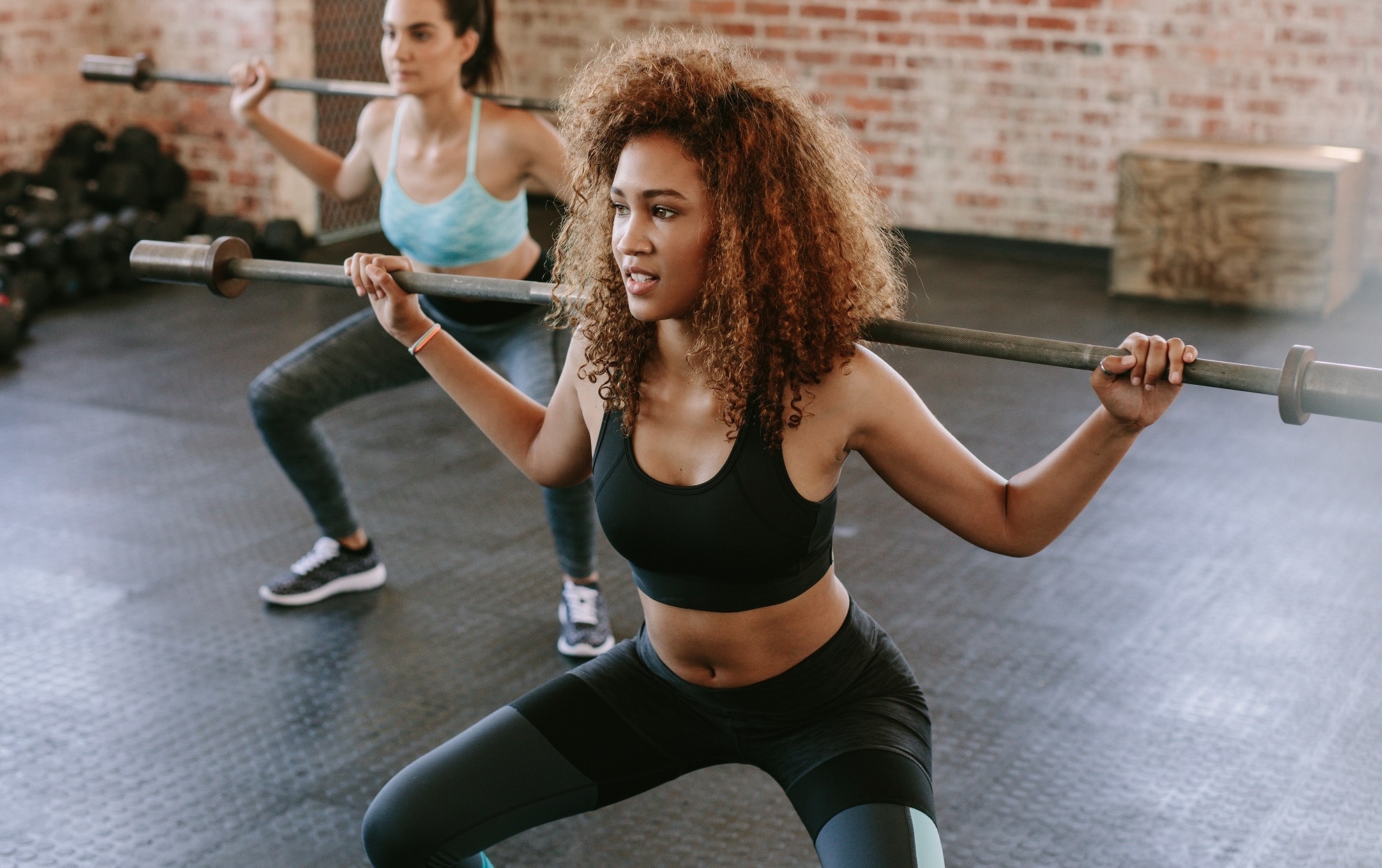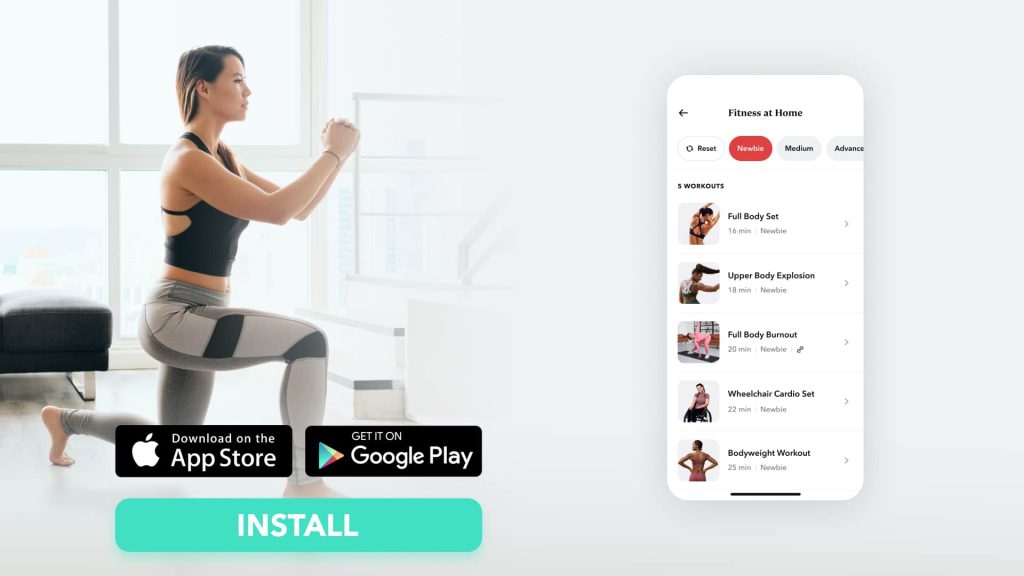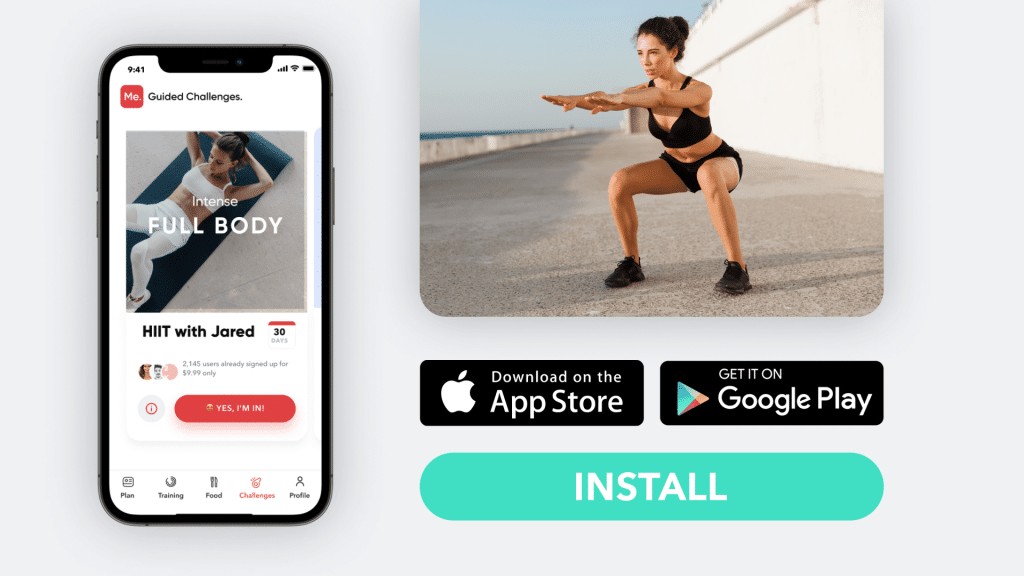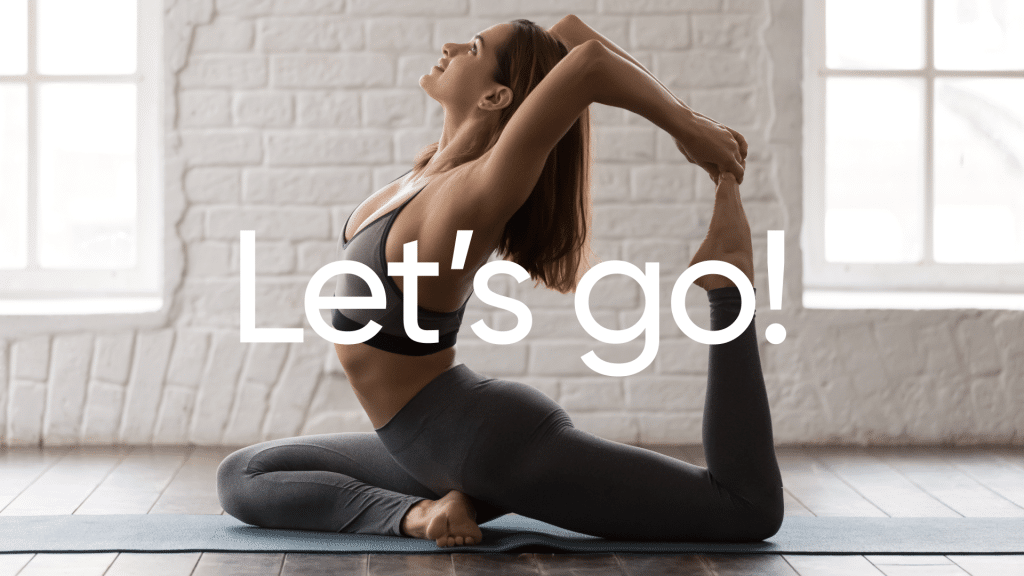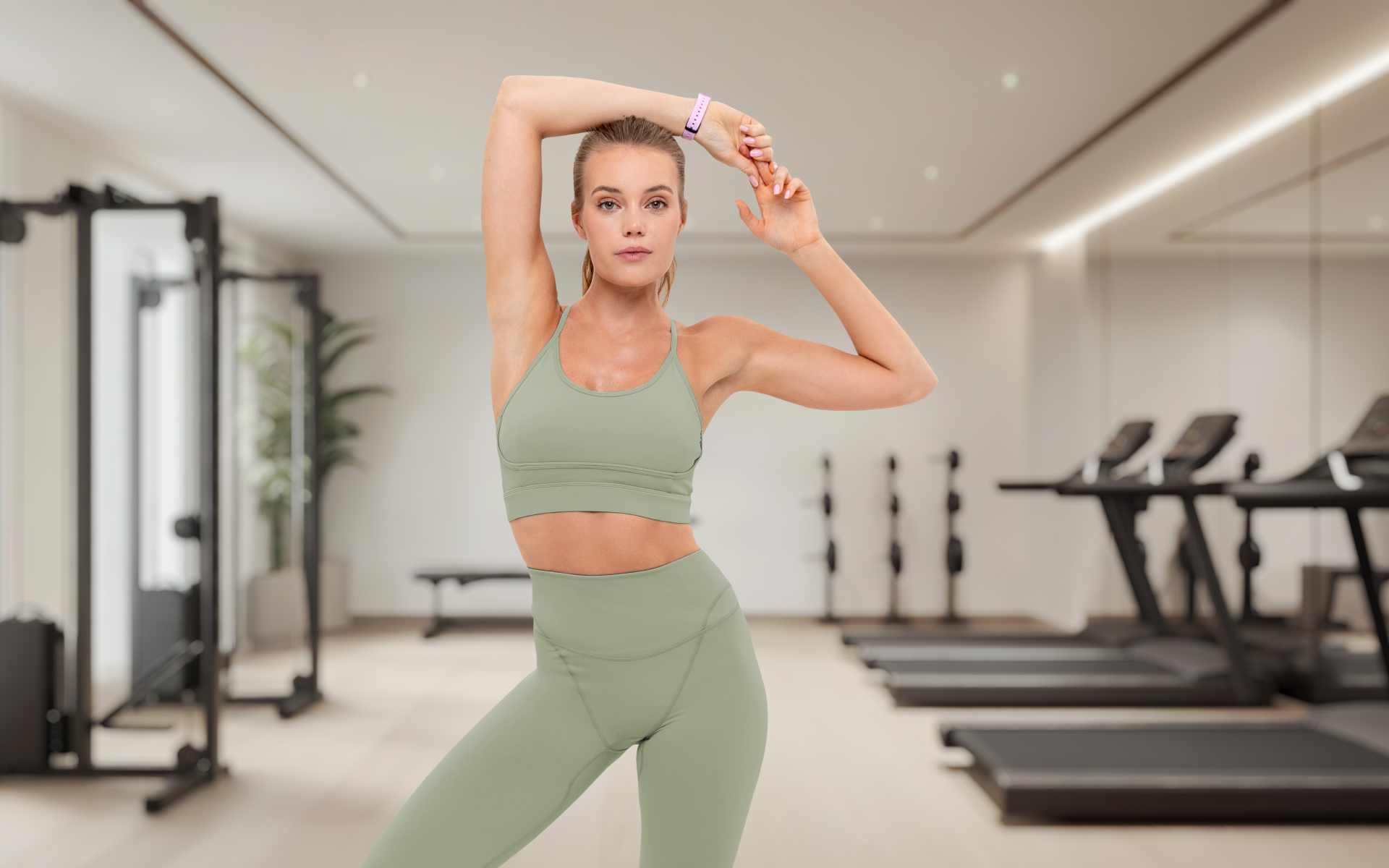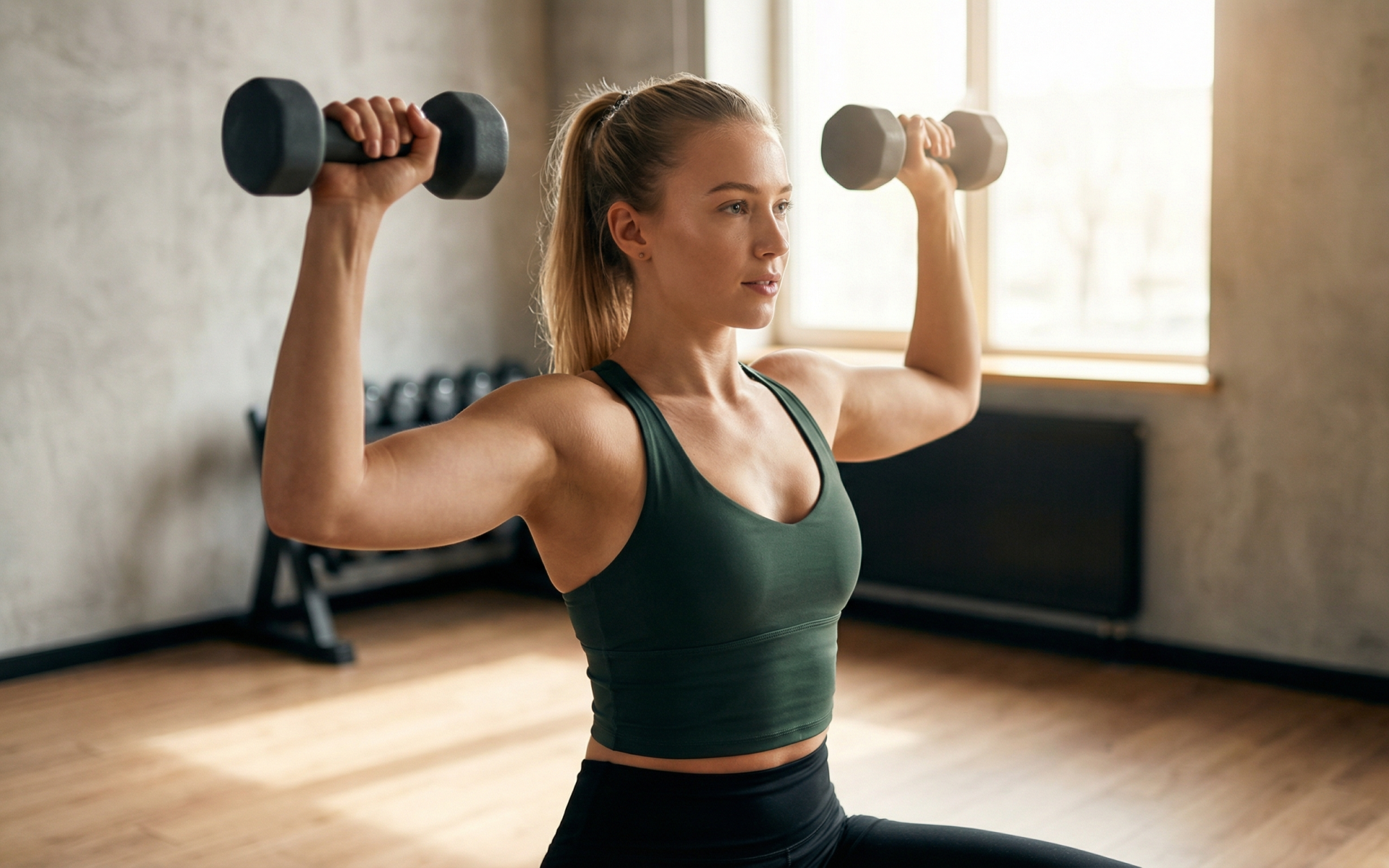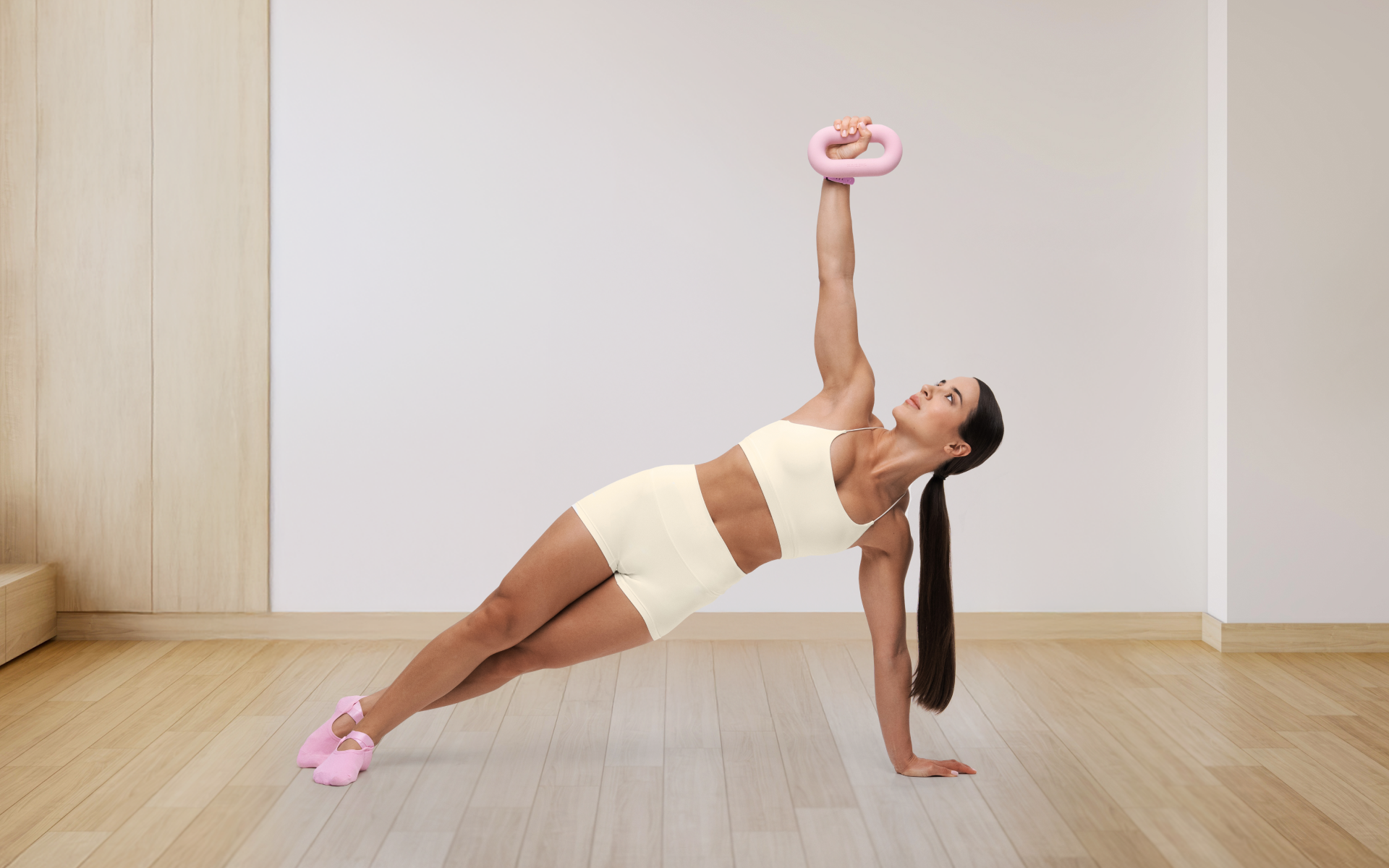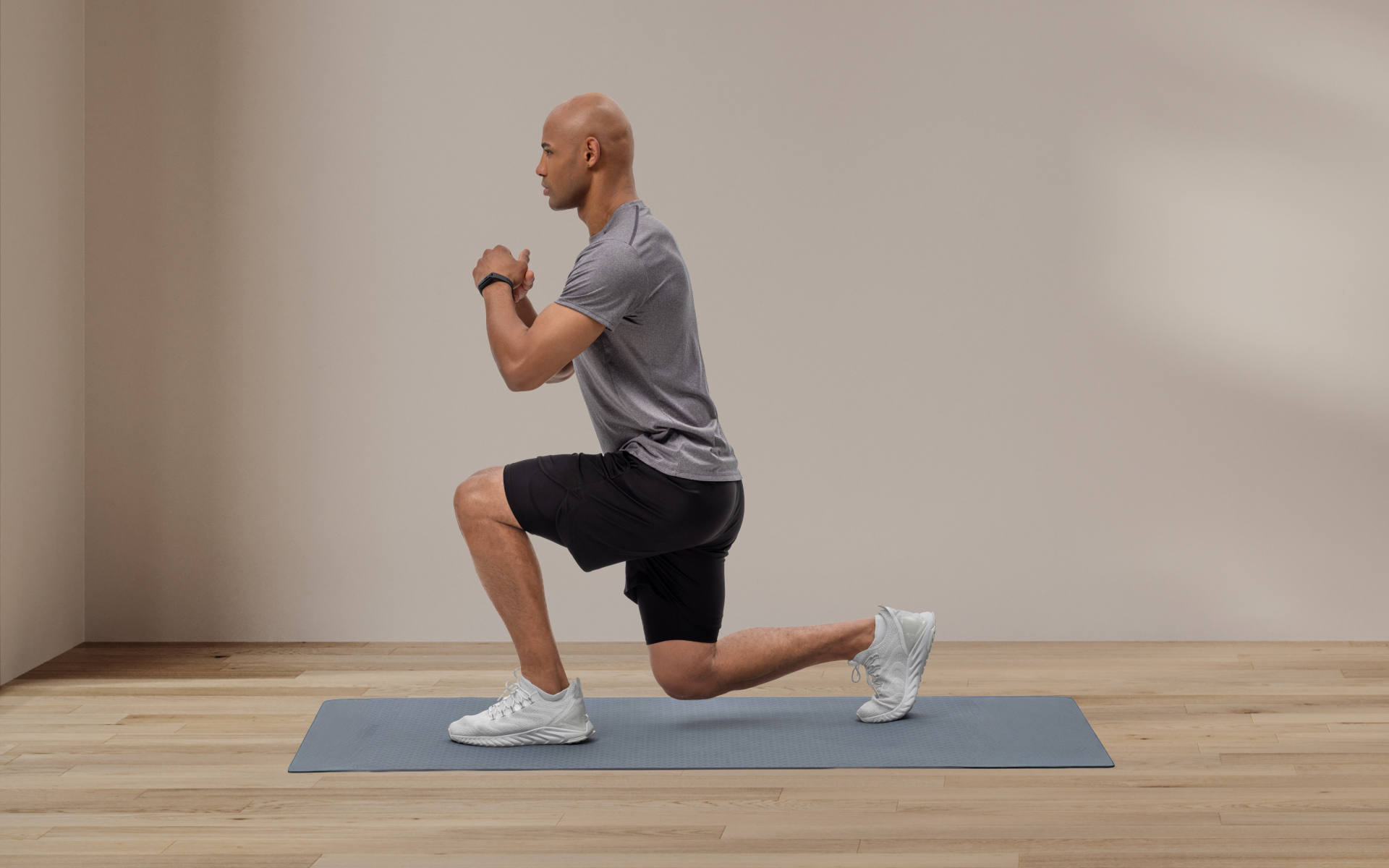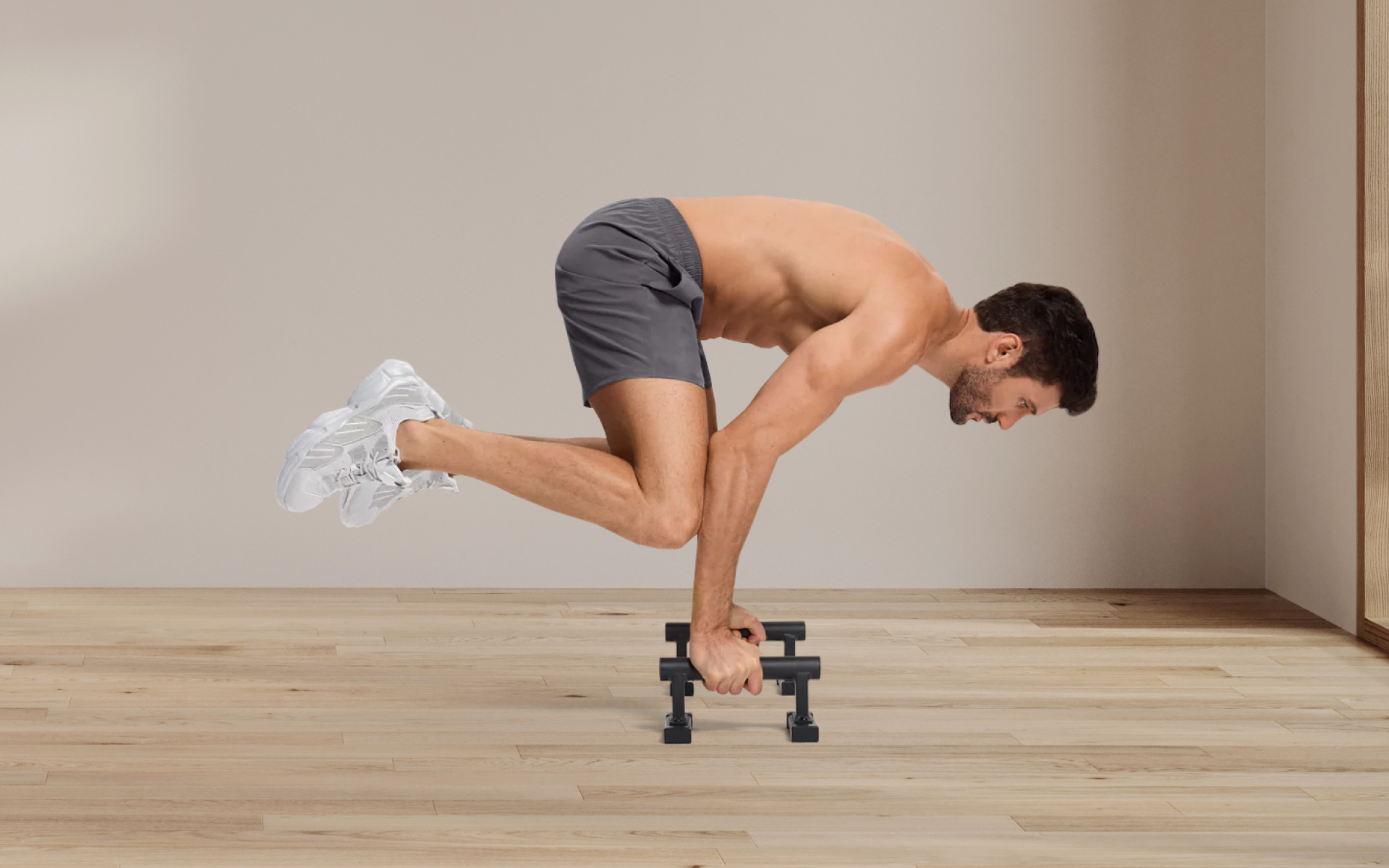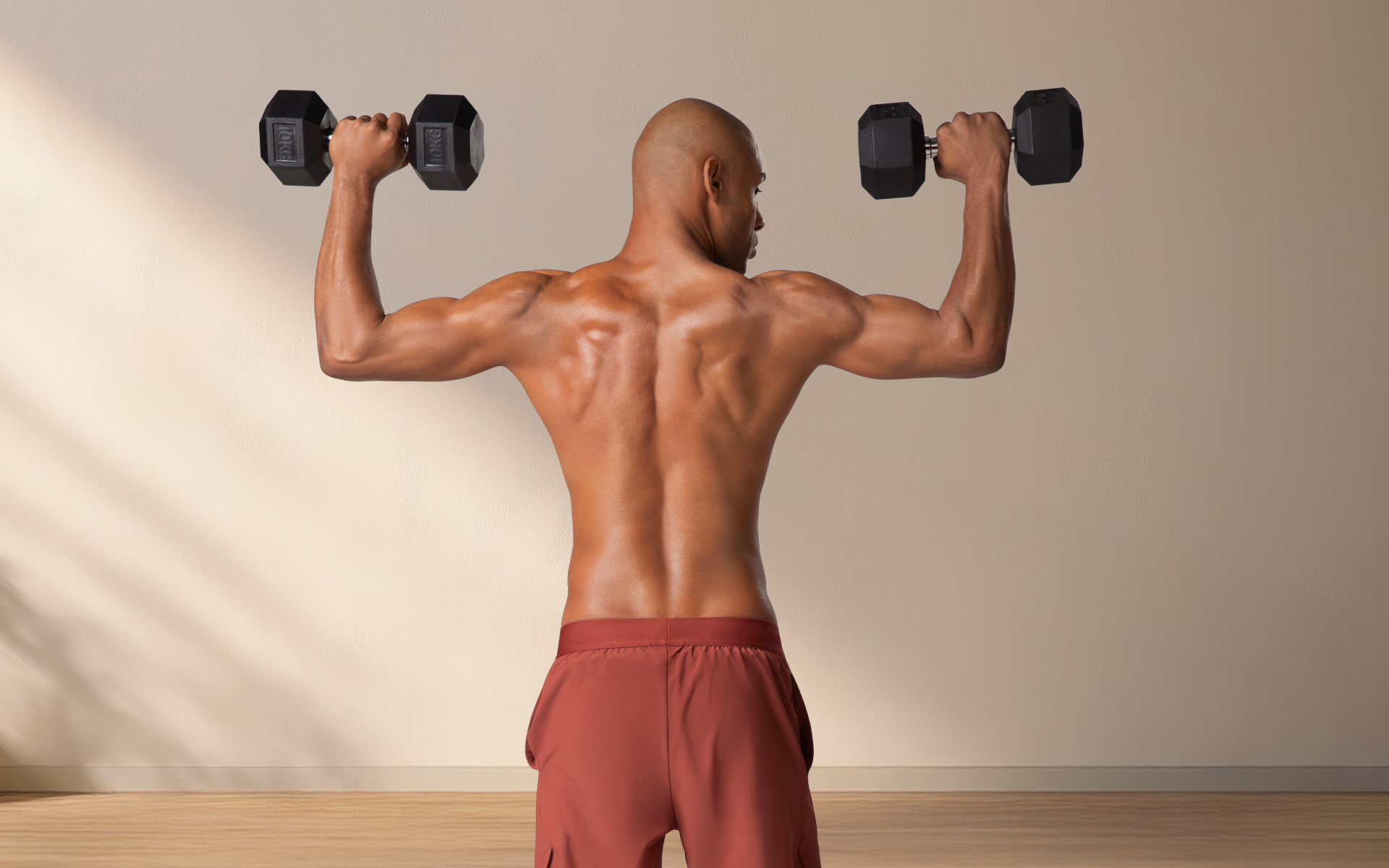The human body is an amazing thing. It can stand or walk for miles, it can swim in the ocean for hours, and doesn’t break down when subjected to scorching heat or freezing cold. We’re all born with a certain number of cells, but our bodies are constantly breaking them down and rebuilding new ones every day. Unfortunately, we often neglect to take care of our bodies by doing exercises that will keep these processes running smoothly. This article will outline 7 different exercises you should do every day to help your body stay healthy and strong.
Aerobic Exercises
Also known as cardio, this group of exercises helps regulate our heart rate by making it pump faster. As our heart rate increases, the number of red blood cells in our body increases to carry more oxygen throughout the entire body (3). Furthermore, aerobic exercise also keeps us flexible and can help reduce the chances of diseases like obesity, cardiovascular problems, osteoporosis, diabetes, and even some cancers (6).
The good news is that there is no shortage of aerobic exercises you can do at home or at the gym. Some examples are:
Jumping Jacks
Jumping jacks are a classic way to get your heart pumping fast while strengthening your muscles at the same time.
- Start off with feet together and arms at sides.
- Begin to jump up while raising arms above the head until fully extended upwards.
- Then bring arms back down to their original position while lowering heels back to the ground.
Running
This is another great cardio exercise that will get your heart pumping fast. Because it’s a high-impact exercise, you’ll need to take rest days in between running sessions to avoid injury.
Swimming
This is an excellent, low-impact aerobic exercise that also strengthens all different portions of the body at once.
Rowing Machines, Elliptical Trainers, Treadmills
At the gym, rowing machines are a great way to strengthen all parts of your core, while improving range of motion and flexibility at the same time.
Elliptical trainers are used by many people as it gives them a full-body workout without putting too much stress on the joints (2). It’s also non-weight bearing so it’s good for those with injuries or even bone conditions like osteoporosis or rheumatism.
Finally, we have the good ol’ treadmill- the gold standard in aerobic exercises. It takes a bit of adjusting to get used to it, especially when you’re just starting out, but once you do it’ll become one of the best ways for your heart and body to reap the benefits of aerobic exercise.
Planks
The plank is one of the best exercises to do every day because it works out both your core and lower-body muscles at once (9). It can be done just about anywhere too since you don’t really need any equipment to get started. The only downside is that planks are considered an isometric exercise, meaning that they require a lot of patience since you’ll be holding your body in a certain position for a period of time.
To get started, lie face-down on the floor with elbows placed directly underneath your shoulders. Then lift yourself up by pushing against the ground using your arms, keeping your midsection tight to avoid losing balance. Finally, hold this position for 30 seconds without dropping down to your knees or waist.
To make planks more difficult, you can raise your feet slightly so they’re only hovering above the ground. Another challenge is to lift one leg up at a time while keeping your pelvis in line with the ground throughout the entire exercise. To make it even harder, you can also try lifting your opposite arm and leg up in the air.
Some of the common mistakes people make while doing planks are:
- Not tightening their core muscles enough to help support their body weight.
- Arching their backs or rolling down on the lower back
- Placing hands too close together, causing the shoulders to roll up towards the neck.
- To master proper plank form, make sure you keep your head in line with the rest of your body, don’t lift up too far off the ground, and try to maintain a straight line from shoulders to ankles.
Push-Ups
Like planks, push-ups also work out the entire body because it helps strengthen your arms, core, and chest while at the same time improving flexibility and range of motion (8). There are several different ways you can do push ups and it all depends on your current fitness level.
If you’re just starting out, try doing them off the floor while keeping your knees fully extended. More advanced exercisers can try placing their feet on top of a chair or bench to increase intensity while taking away some support from their legs. Another way to make push-ups more challenging is by elevating your feet onto another chair or bench.
Some of the most common push-up mistakes people make are:
- Allowing their backs to arch or sag
- Keeping their legs too far apart from each other, causing the hips to roll forward.
- Raising their bodies up onto toes instead of keeping them flat on the ground
- To avoid these mistakes, practice the “plank” for perfecting your form and technique beforehand.
BetterMe is your fast-track ticket to a long-lasting weight loss! Tailor your fitness journey and maximize your results with just a couple of swipes!
Lunges
Lunges are another great group of exercises for your core, thighs, and buttocks. Doing lunges are also very good for strengthening the knees since they work out the quads in your thighs) (1)
To do a lunge:
- Start by standing with your feet shoulder-width apart and arms down at your sides.
- Take a step forward with your right leg and bend your right knee as you do so, stopping when your thigh is parallel to the ground. Ensure that your right knee doesn’t extend past your right foot.
- Push up off your right foot and return to the starting position. Repeat with your left leg. This is one rep. Repeat as many times as desired.
Some of the common mistakes people make while doing lunges include:
- Not keeping their back straight
- Failing to bend their knee far enough towards the floor
- Hunching over during the exercise
To avoid these mistakes, keep your head up, back straight, and press your knees gently against the ground. But of course, don’t swing your body too much as this could cause injury. It’s also advisable for beginners to start doing lunges with a chair or bench behind them. This way they have something to grab onto if they feel like their balance is thrown off.
Make sure you also keep your core tight throughout the duration of the exercise, making sure you don’t let it sag too much as this could result in muscle strains and back pain.
Crunches
Crunches are some of the most popular exercises you’ll come across at the gym. They really work out your core, especially if you’re able to lift your feet off the ground while doing them (advanced users only) (4). If you’ve ever done crunches before, you might have noticed that it’s difficult to keep your neck straight without straining it. To solve this problem, simply take a rolled-up towel or blanket and place it behind your head before laying down on the floor.
To get started with crunches:
- Lie face up on the floor with legs extended and arms crossed against your chest.
- Lift your shoulders off the ground using your upper back muscles.
- As you do this, tuck your legs under something sturdy so they don’t move throughout the exercise. You can also have someone hold down your feet if needed.
- If you want to make crunches more difficult, you can lift your feet off the ground as you do them.
Some of the common mistakes people make while doing crunches include:
- Straining their neck
- Not lifting high enough
- Failing to exhale while lifting their shoulders
- To prevent these mistakes, it’s best to do slow repetitions. Also, always remember to breathe out when your head is being lifted off the ground.
Read More: Does Running Build Muscle? The Truth About Anaerobic Exercise And Bodybuilding
Squats
If you’re looking for an intense lower-body workout, squats are the perfect exercise to do. Not only will they work your quads, calves and buttocks, but you’ll also increase your flexibility and lower body strength as well (7).
To perform a squat:
- Stand with feet shoulder-width apart and palms facing out to support your balance.
- Bend knees to squat down. Keep your back straight and head up during the exercise.
- Keep your shoulders back with your chest sticking out as you lower down your body, ensuring that you don’t hunch over.
- Raise back up to starting position. Repeat for the desired number of reps.
Some of the common mistakes people make while doing squats are:
- Letting their knees extend beyond their toes
- Failing to keep their back straight
- Not lowering themselves far enough
To prevent these mistakes, it’s best to have someone watch you do squats the first few times. This way they can point out your mistakes and help correct them so you don’t injure yourself.
If you’ve mustered up the courage to crush your weight loss goal, let Betterme take the sting out of this demanding process. Our app will help you restructure your habits, remold your life and crank up your fitness results!
Yoga
A yoga workout can be an excellent way to relax after a long day. It also helps keep your mind and body healthy, especially if you do yoga in the morning when your energy levels are high (5). Some of the most popular poses include:
- Tree pose – This exercise is great for building balance and stability.
- Downward Dog – This helps strengthen your arms and legs while also stretching out your back.
- Cobra Pose – This helps open up your chest and lower back as well as strengthening your arms, legs and hips.
To perform a yoga pose:
- Find a quiet spot where you can do yoga without worrying about disruptions. Loosen up any clothing that may be restricting your movement or breathing. You can also put on some calming music to relax yourself even further.
- Find a cozy position on the floor, sitting or lying down.
- Take deep breaths as you slowly move through the pose. Pay attention to your body and any pain points it may have so you can adjust accordingly.
Research has proven that doing yoga frequently can have numerous health benefits (5). For example, doing yoga regularly has been shown to reduce stress and anxiety as well as improve your mood and balance. It can also help increase flexibility as well as boost energy levels which helps lead to a healthier lifestyle overall.
The Bottom Line
Daily exercise is an excellent way to keep your body healthy and strong. This article lists only 7 of the many exercises that you can do to help improve your health. If you want to get in shape, it’s important to find an exercise routine that works for you. Remember to always consult a physician before starting any new fitness routine so they can assess your current health status and determine if there are any risks involved with doing the exercises.
Get your personalized
meal plan!
DISCLAIMER:
This article is intended for general informational purposes only and does not address individual circumstances. It is not a substitute for professional advice or help and should not be relied on to make decisions of any kind. Any action you take upon the information presented in this article is strictly at your own risk and responsibility!
SOURCES:
- Are All Lunges Created Equal? (2013, acefitness.org)
- Are elliptical machines better than treadmills for basic aerobic workouts? (2020, mayoclinic.org)
- Cardiovascular Effects and Benefits of Exercise | Cardiovascular Medicine (2018, frontiersin.org)
- Crunch Exercise Guide: How to Do Crunches With Perfect Form (2021, masterclass.com)
- Exploring the therapeutic effects of yoga and its ability to increase quality of life (2011, ncbi.nlm.nih.gov)
- Health benefits of physical activity: the evidence (2014, ncbi.nlm.nih.gov)
- How to squat? Effects of various stance widths, foot placement angles and level of experience on knee, hip and trunk motion and loading (2018, biomedcentral.com)
- Kinetic Analysis of Several Variations of Push-Ups (2011, journals.lww.com)
- Plank exercise (n.d., physio-pedia.com)
